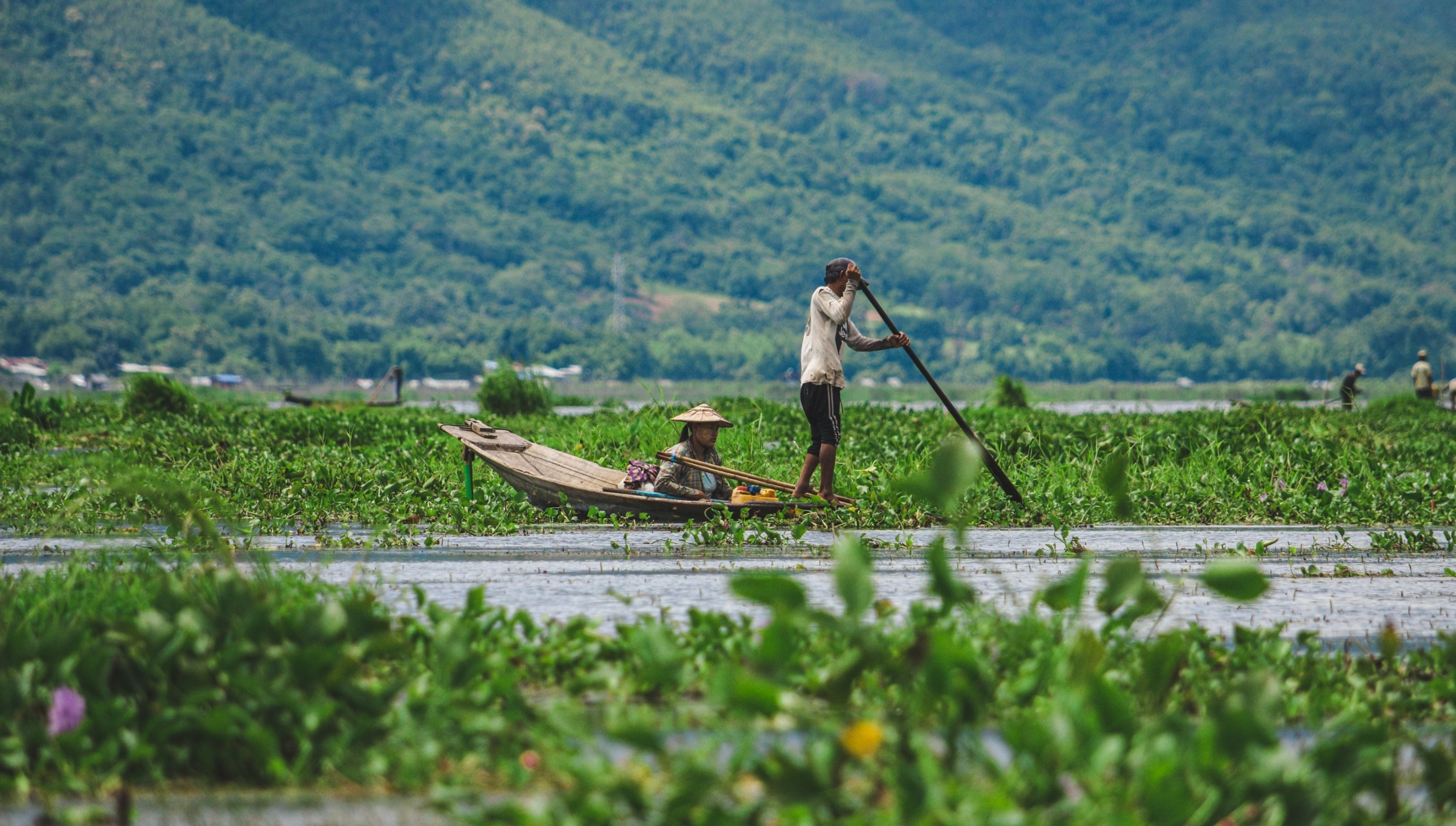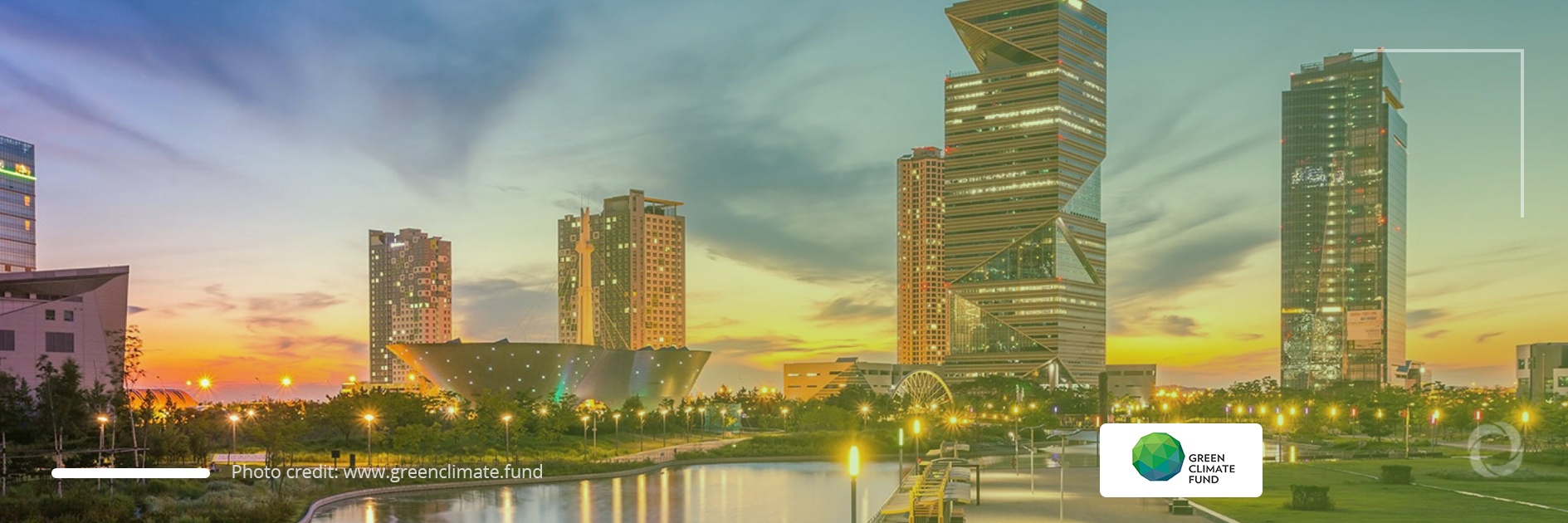The Green Climate Fund (GCF) is yet one more financial instrument seeking to mitigate climate changes and facilitate adaptation in poorer countries that are especially vulnerable to extreme weather events provoked by global warming. However, it is distinguished by the transparency and pace with which financial resources are granted to recipients.
What is the Green Climate Fund?
It was established in 2010 during COP15 (the UN Climate Conference) but in fact, it really took off after the Paris Agreement was announced in 2015 as during the conference rich states committed to grant US$100 billion a year in climate financing to poorer states. The GCF became one of the major tools that enabled the financing of climate needs in developing states. The fund has been able to commit US$10 billion to 190 projects in the Asia-Pacific, Africa, Latin America, and Caribbean regions since 2015 and in 2021 it has launched 13 new projects.
Decision-making process
Unlike other climate financing tools whose application process has been viewed as lacking transparency, the Green Climate Fund enjoys transparency and accountability and the pace of transferring money is also faster than in the case of other mechanisms. According to the information posted on its website, the process of analyzing those projects submitted is very rigorous. The decision-making board is made up of representatives of both developing and developed countries. To benefit from financing, projects must have the support of at least 80% of the members of the board. The negotiation process within the board is live-streamed which adds objectivity to the decision-making process.

As climate changes are related to many different environmental problems, the grants relate to issues such as food security, air pollution, and racial or gender equality which are very often worsened by climate changes.
Projects
The Green Climate Fund finances sustainable commercial projects, for instance, those conducted by indigenous communities in six countries across the Amazon rainforest that operate bio-businesses which enable them to generate income as well as contributing to protecting and flourishing wildlife and biodiversity. Many such projects receive resources from the Fund and the Inter-American Development Bank which is a partner. Both entities have committed US$600 million to develop sustainable agroforestry, native palm cultivation, and growing native species of timber.
Recently, the Fund has approved US$33 million for Thailand for a project that aims to protect farmers from floods and also support them while managing shrinking water supplies. This project may improve the living conditions of 25 million people living in the Greater Chao Phraya River Basin.

